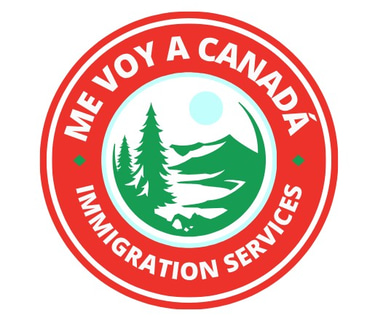
Western Canada
British Columbia
Facts about British Columbia
It is the size of France, Germany, and Holland combined, located between the West Coast and the Rocky Mountains; its capital is Victoria. Other major cities are Vancouver, Whistler, and Kelowna. In the south, it borders the United States; in the north, it borders the Yukon Territory and the Northwest Territories. It is one of the most attractive provinces in Canada for people to settle in.
Where can you work?
The provincial economy offers a range of opportunities and industries, including technology, agriculture, construction, healthcare, manufacturing, educational and financial services, tourism, aviation, forestry and fishing, and mining.


Climate
Summers on the coast are warm, with daytime temperatures around 20°C.
Coastal regions have the mildest winters in Canada, and temperatures rarely drop below freezing.
The interior and central areas have hotter summers, with July temperatures often exceeding 30 °C.
Winters are colder and snowier than in coastal regions. In the north, winters are long and cold, with heavy snowfall.
How can you immigrate?
There are three main pathways:
Skills Immigration (SI): For skilled and semi-skilled workers in high-demand occupations, and international graduates from eligible institutions.
Express Entry BC (EEBC): Linked to the federal Express Entry system, allowing faster processing for qualified candidates.
Entrepreneur Immigration (EI): For individuals who want to invest in or start a business in B.C.






